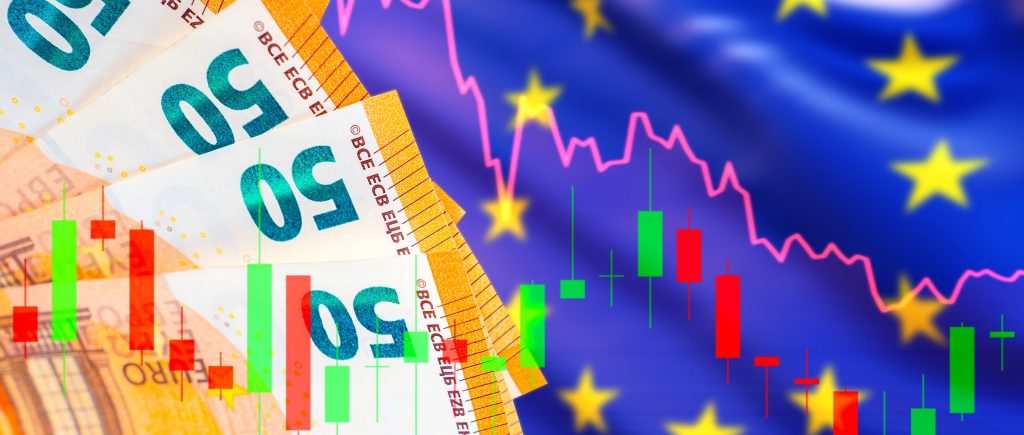The specter of a Eurozone sovereign debt crisis is once again haunting the continent. A confluence of factors, including elevated debt levels, sluggish growth, and fiscal slippage, has created a perfect storm that threatens to undermine the bloc’s economic stability. The European Central Bank (ECB) has sounded the alarm, highlighting the potential for a resurgence of market fears and financial instability.
At the heart of the issue lies a stark fiscal divide within the Eurozone. While some countries, such as Germany and the Netherlands, maintain relatively low debt-to-GDP ratios, others, including Greece, Italy, and France, grapple with significantly higher levels. These disparities expose the bloc’s underlying fragility and highlight the risk of contagion. The International Monetary Fund (IMF) forecasts further deterioration in the debt trajectories of several Eurozone countries, exacerbating concerns about their ability to manage fiscal pressures in an environment of rising interest rates and subdued economic growth.
The potential consequences of a renewed debt crisis are far-reaching. A resurgence of market fears could lead to a vicious cycle of rising bond yields, increased borrowing costs, and declining investor confidence. This, in turn, could stifle economic growth, undermine business investment, and exacerbate social tensions. Moreover, the corporate sector, particularly small and medium-sized enterprises (SMEs), could face significant challenges as rising funding costs erode profitability and hinder investment.
While the Eurozone banking system is better capitalized and more resilient than during the previous crisis, the interconnectedness of sovereign and bank risks remains a persistent threat. A deterioration in sovereign creditworthiness could erode bank balance sheets, potentially triggering a vicious cycle of financial instability. A banking crisis could amplify the impact of a sovereign debt crisis, leading to a broader economic downturn.
To mitigate these risks, decisive policy action is imperative. This includes a comprehensive approach that addresses both the immediate challenges and the underlying structural weaknesses of the Eurozone. Key measures could involve fiscal consolidation, structural reforms, and a coordinated effort to boost economic growth. Fiscal consolidation would require governments to reduce spending and raise taxes to bring their budget deficits under control. Structural reforms, such as labor market liberalization and product market deregulation, could enhance productivity and competitiveness. A coordinated effort to boost economic growth would involve implementing policies to stimulate investment, innovation, and job creation.
Additionally, strengthening the Eurozone’s institutional framework and enhancing its crisis resolution mechanisms are essential to bolster confidence and prevent future crises. A more robust fiscal union, with shared fiscal rules and a common debt instrument, could help to mitigate the risks of sovereign debt crises. A more effective banking union, with a common backstop for bank resolution, could strengthen the financial system and reduce the risk of contagion.
The Eurozone’s future hinges on its ability to navigate these turbulent waters. Failure to address the mounting debt challenges could have severe consequences for the bloc’s economic and political stability. By taking decisive action and implementing comprehensive reforms, the Eurozone can safeguard its future and ensure a sustainable path forward.
However, the road ahead is fraught with challenges. Political divisions, economic disparities, and geopolitical tensions could hinder progress. The Eurozone must overcome these obstacles and forge a united front to address the shared threat of a sovereign debt crisis. The stakes are high, and the time for action is now.

 Noor Trends News, Technical Analysis, Educational Tools and Recommendations
Noor Trends News, Technical Analysis, Educational Tools and Recommendations




